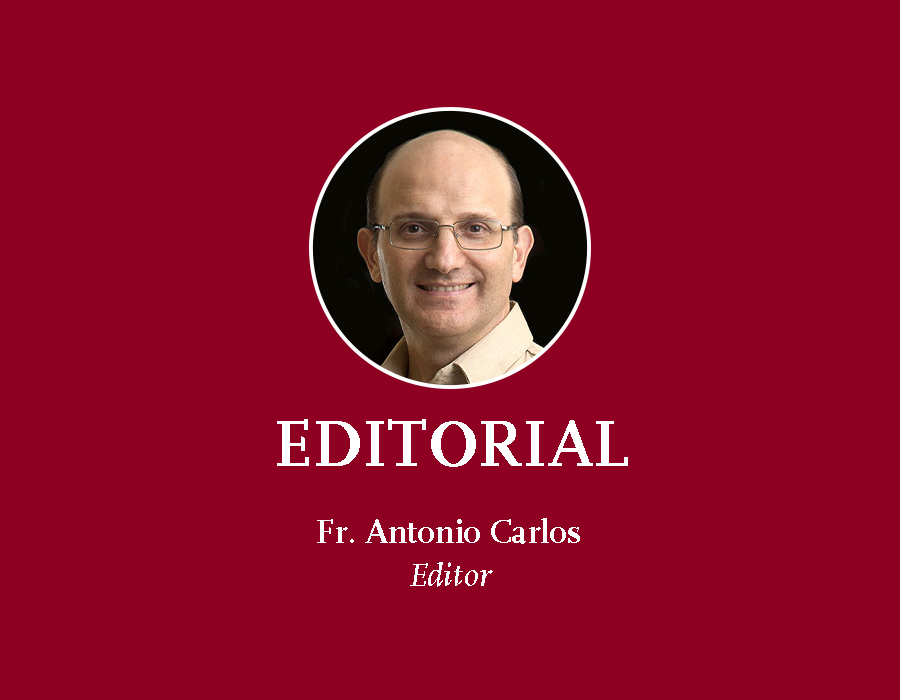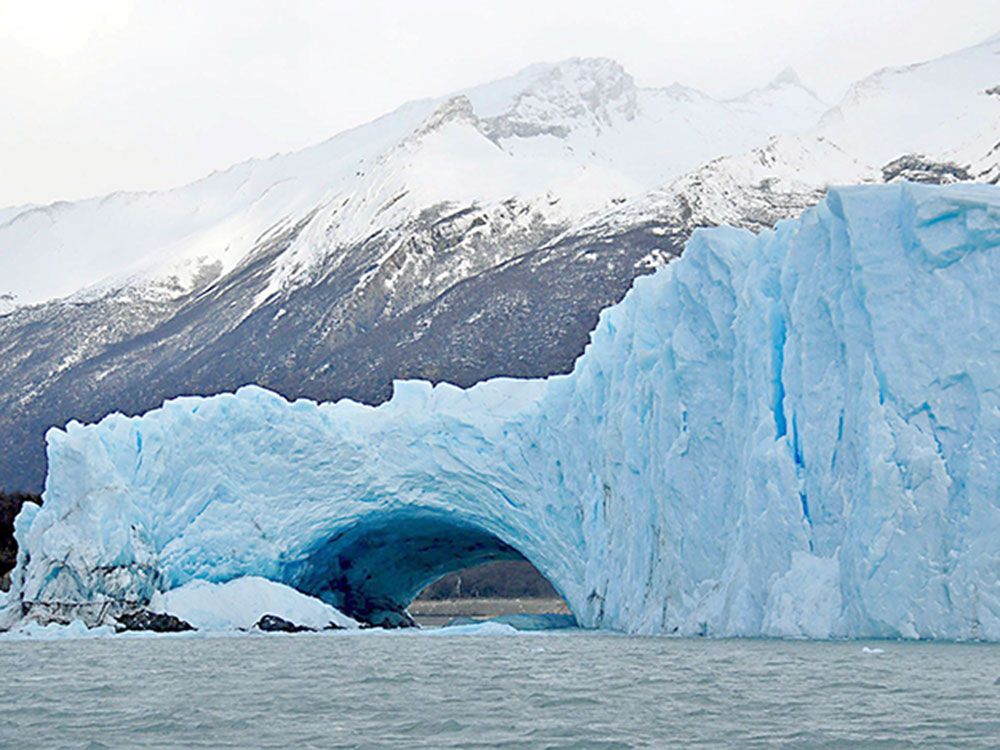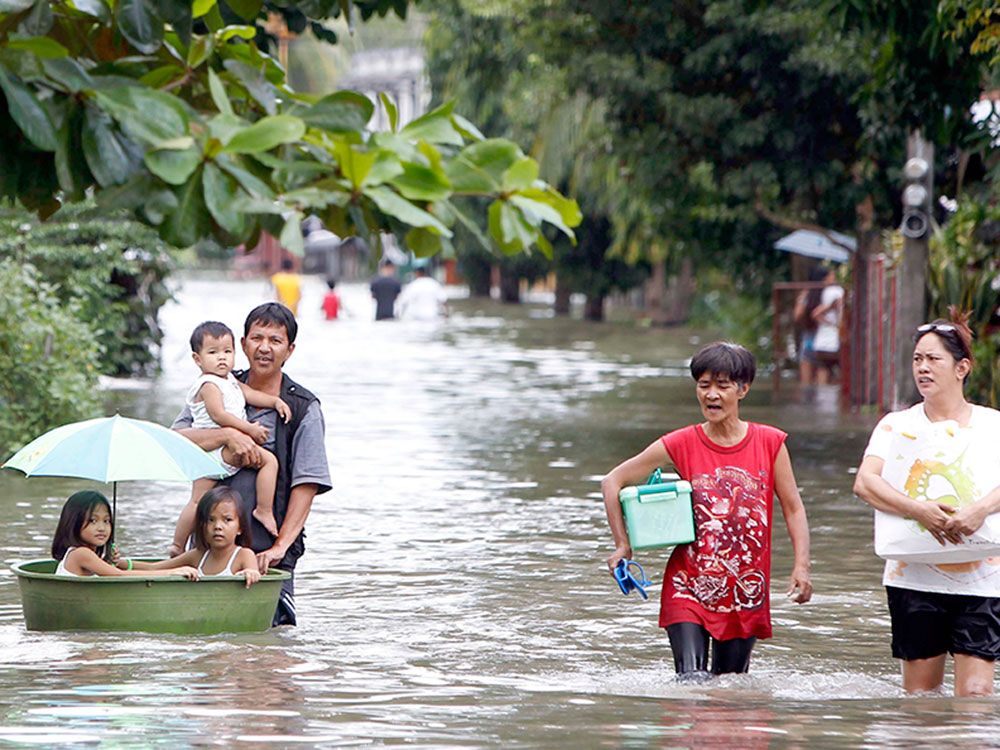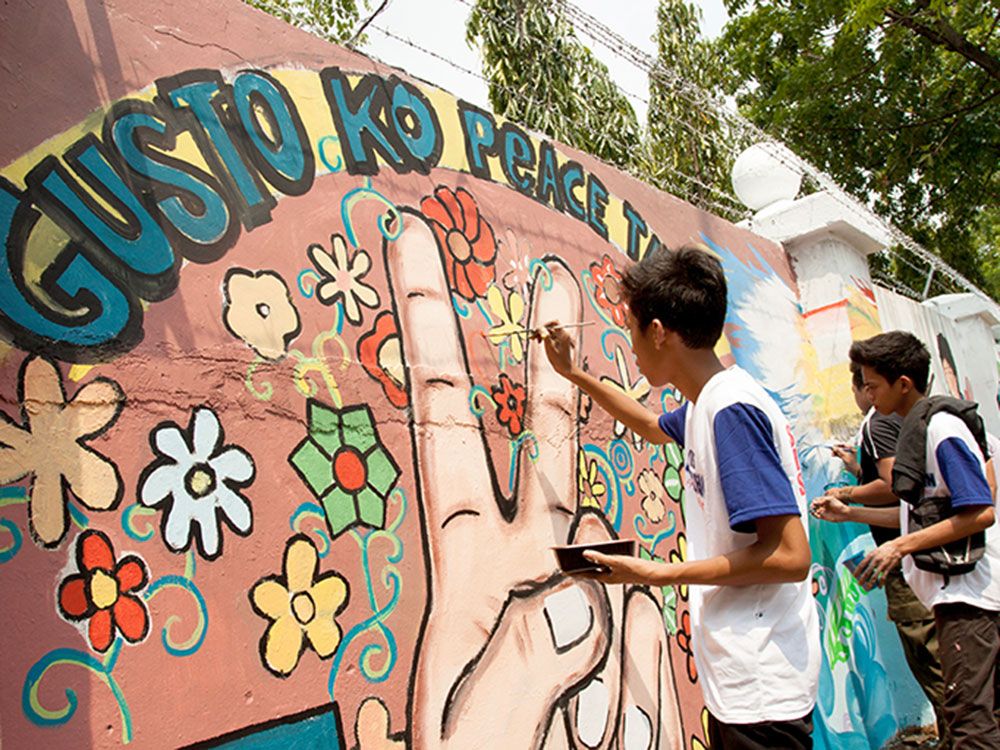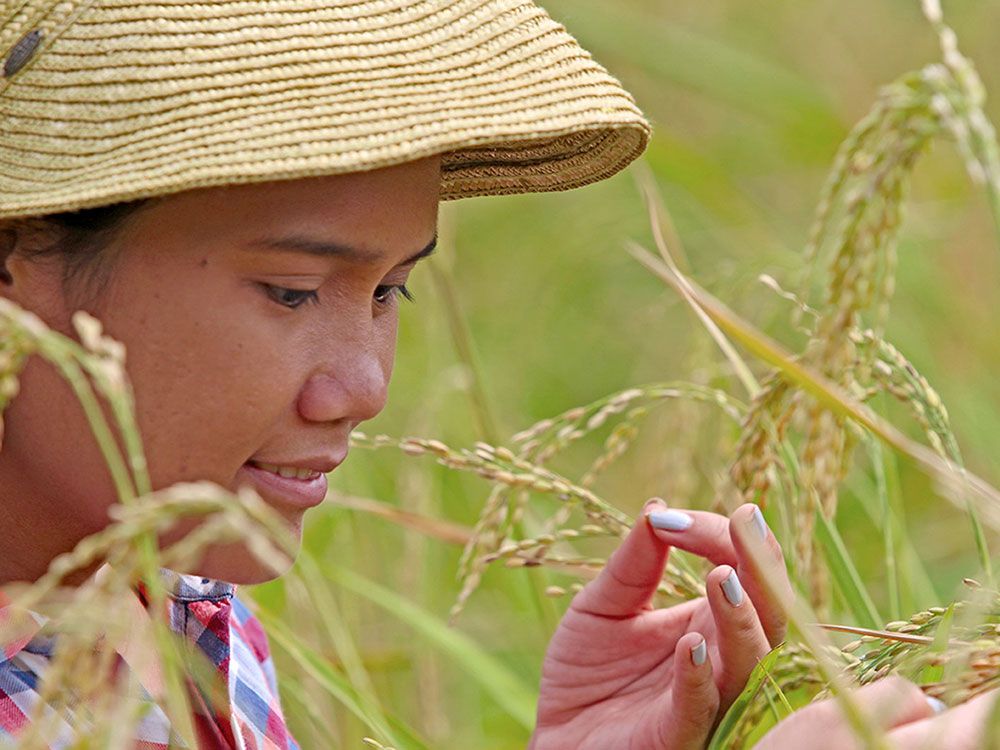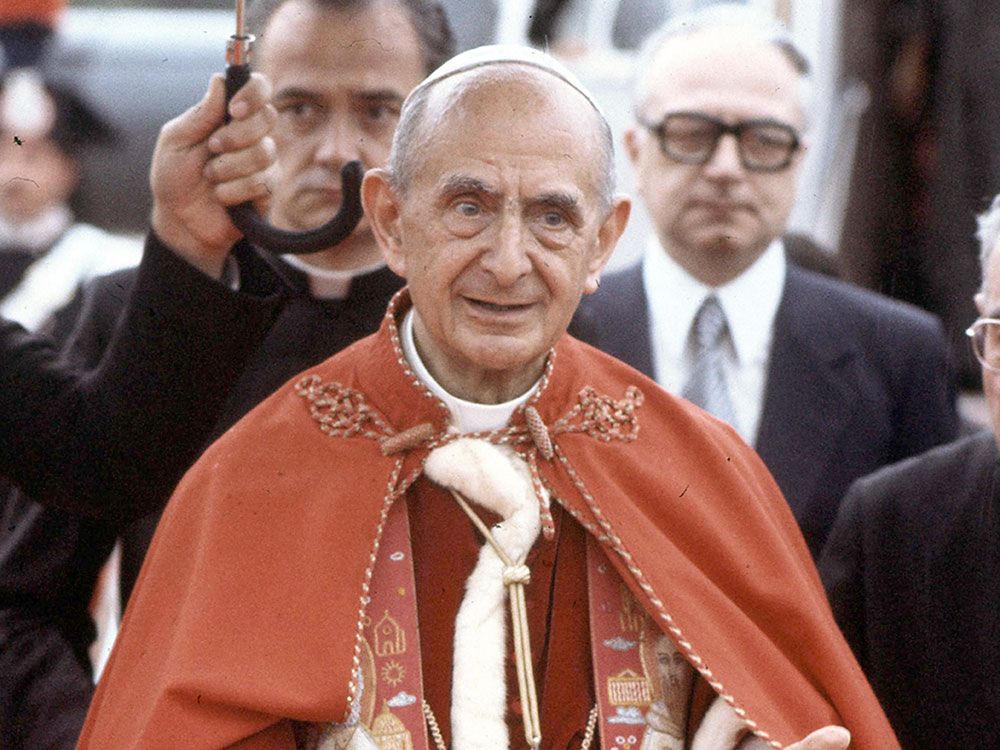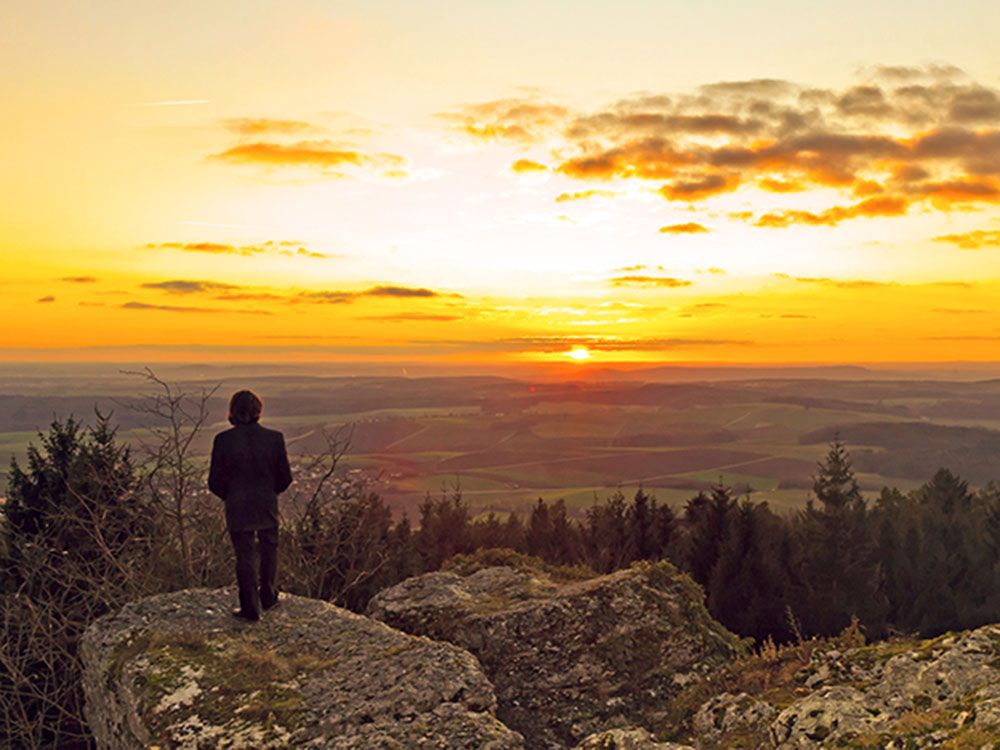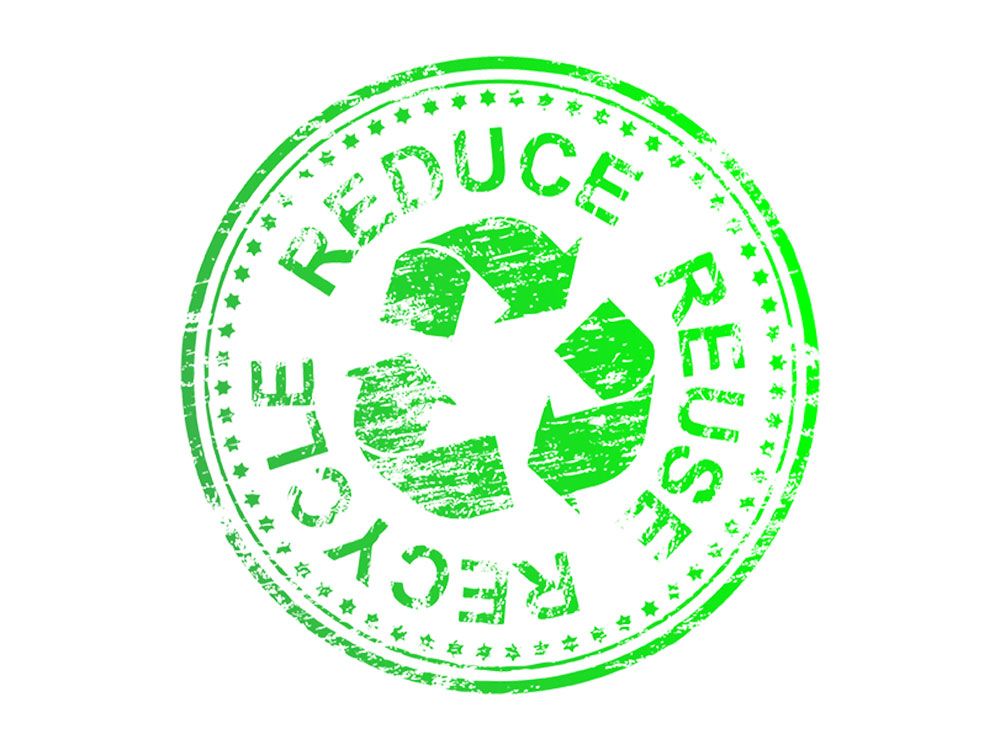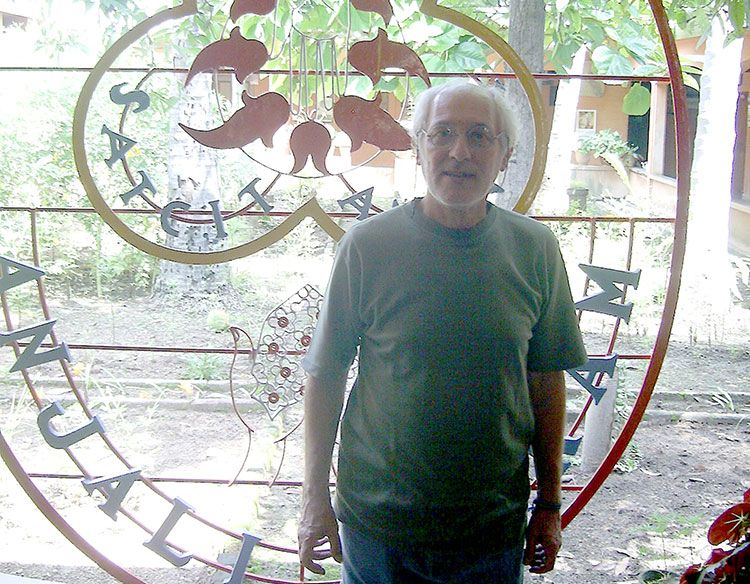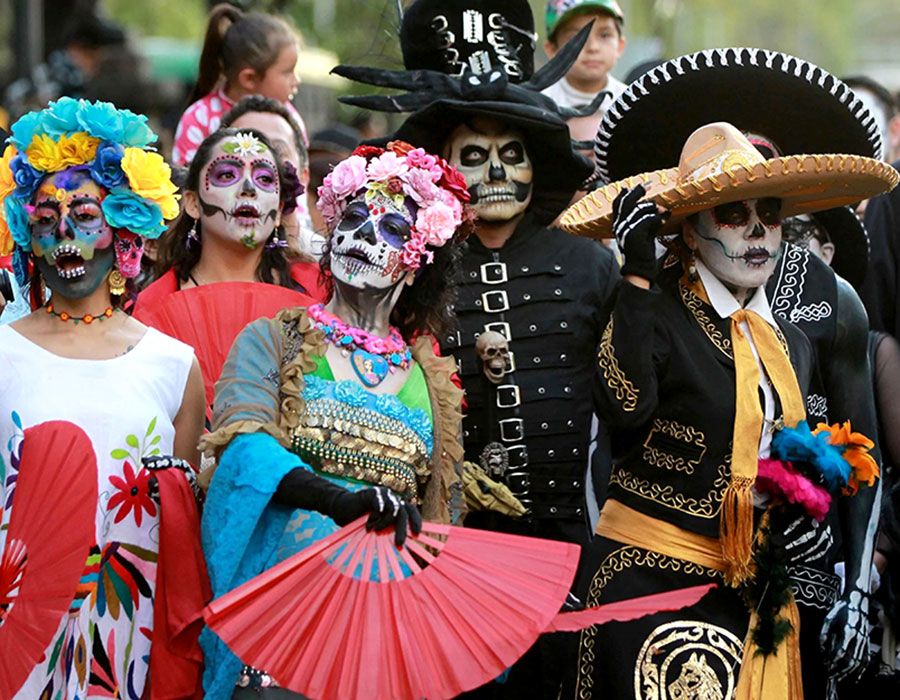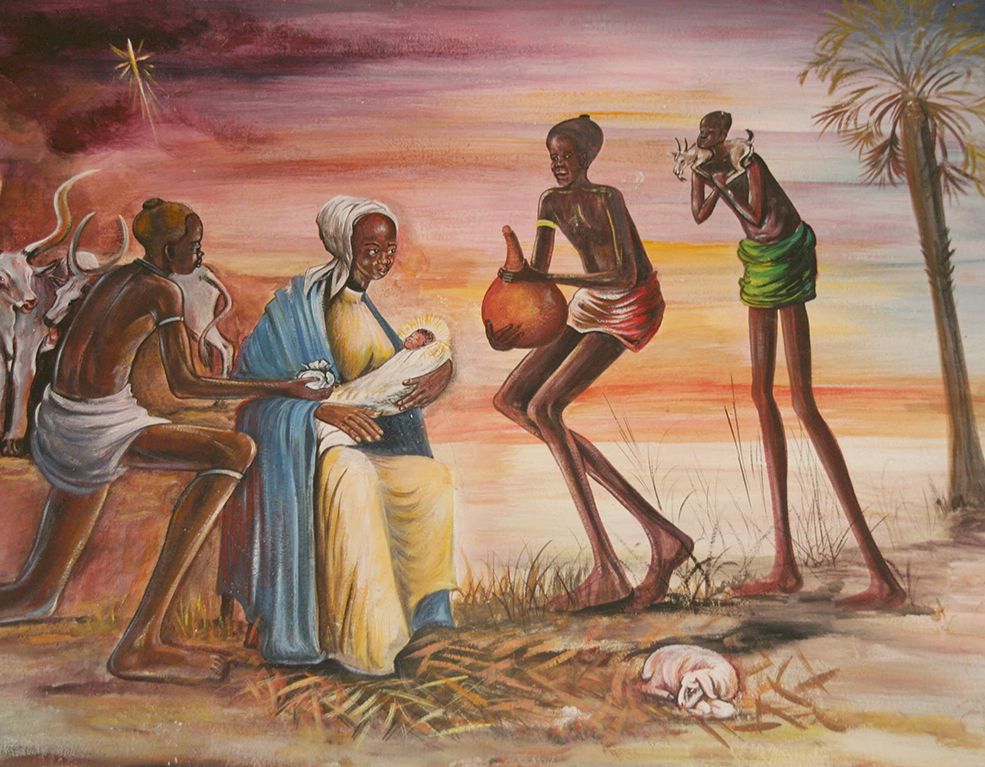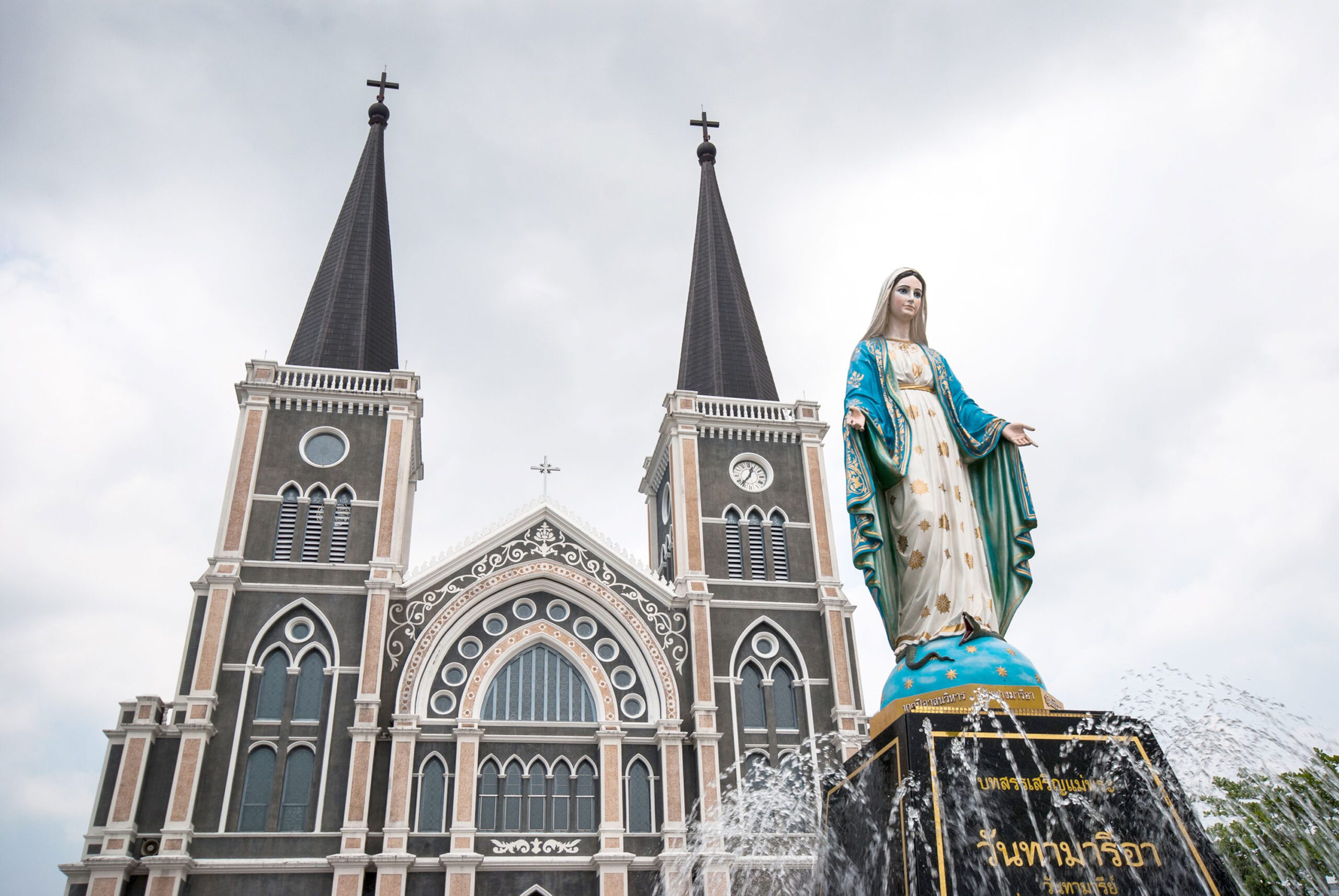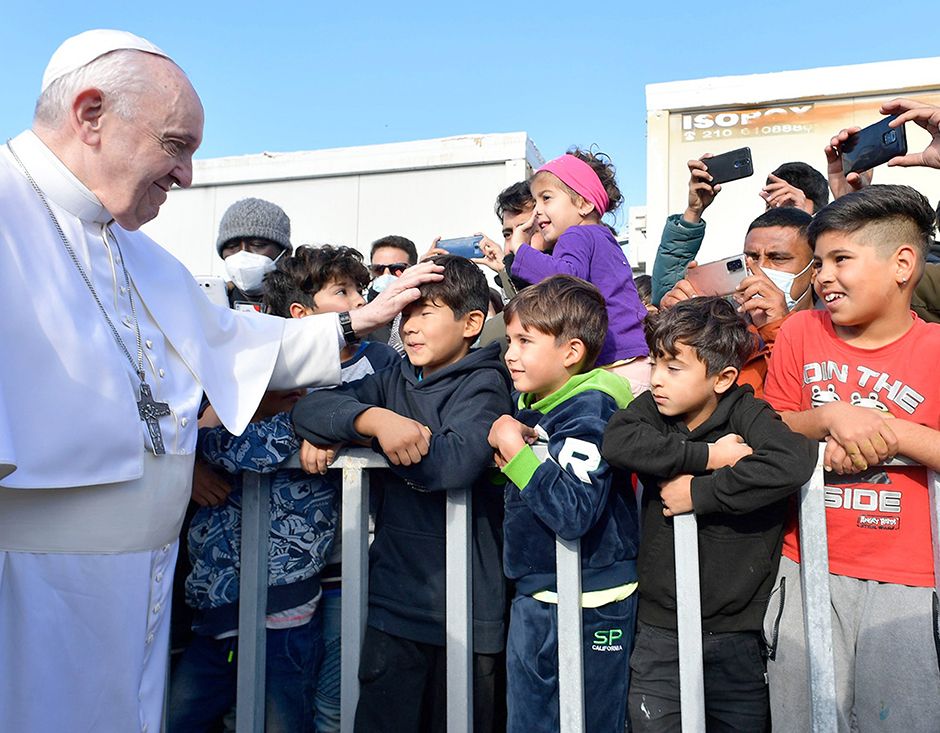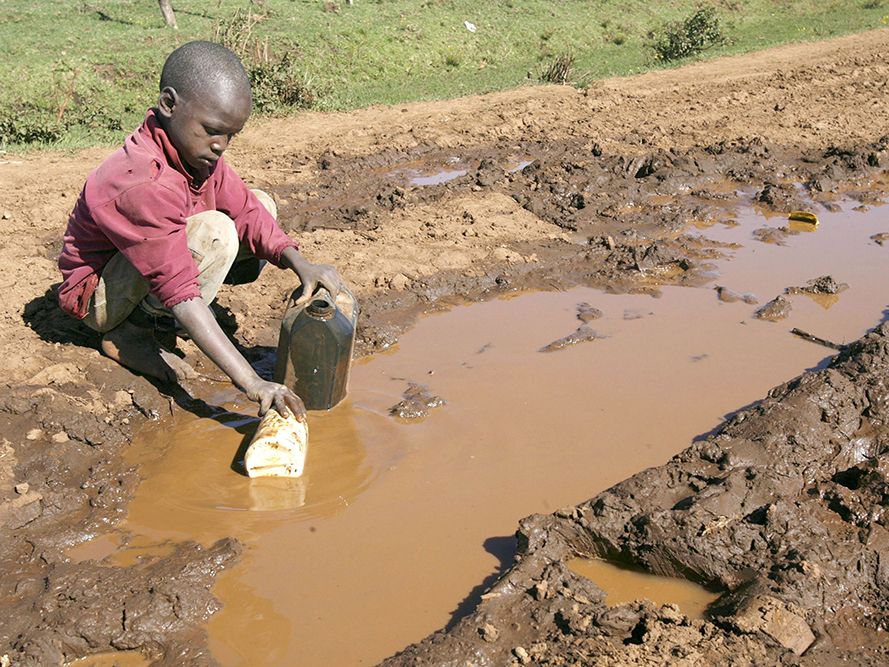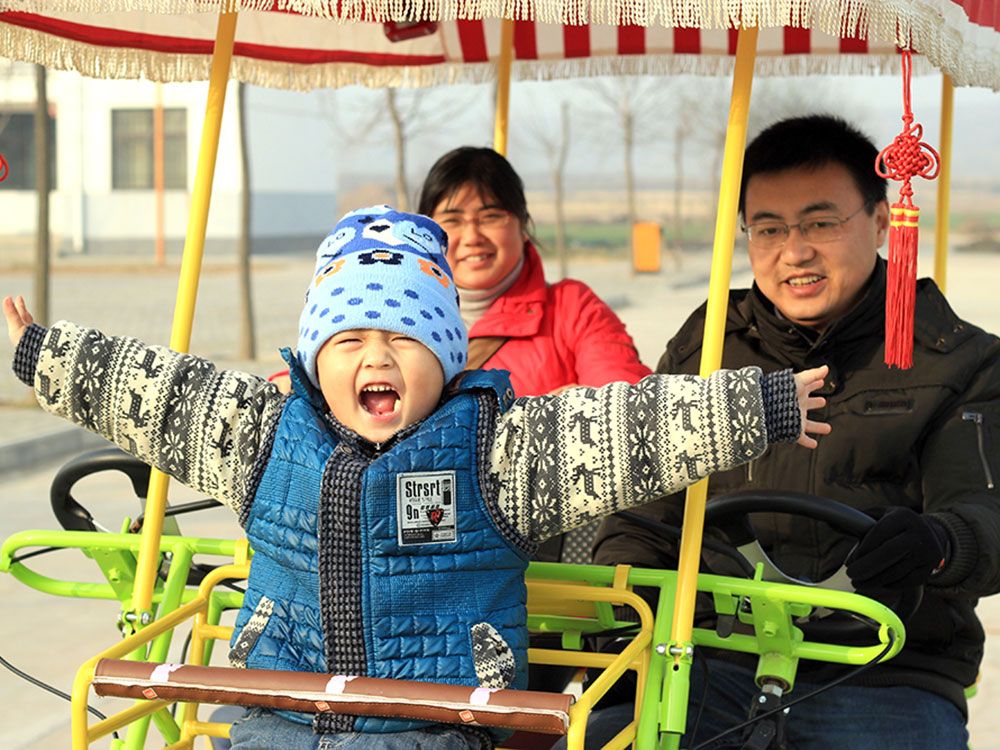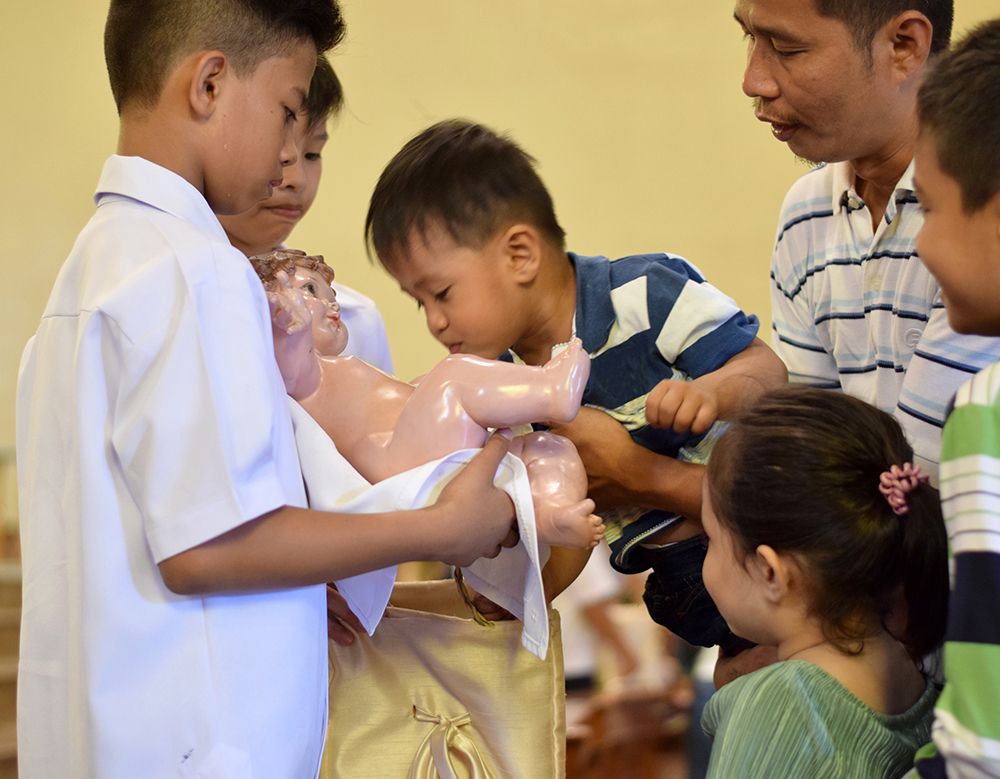By 2030, climate shocks could push an additional 0.9 million people back into extreme poverty and reduce the income of the bottom 40 percent by 2.3 percent. These will result to a cycle of poverty, risk and vulnerability.
We all want to break free from this vicious cycle. That is why the government is pivoting towards “resilience thinking” to provide insights into how managing our social and environmental systems’ interaction could help improve our intervention strategies and how it can engage and build human capacity for action.
Two or three decades ago, it was more about creating a fast and effective response. Although that is still valid because disasters will strike, it is now more about how we lessen the impact, save lives and money. Most of us have realized how serious the impact of disasters are for our communities and it is well past time for all of us, from governments right down to individuals, to get very serious about building in mitigation and resilience into the range of our national and local development projects.
Four years after Yolanda took the country by surprise and left such devastating impacts to the nation, we remain focused on building the resilience of affected families. And the rising incidence of natural disasters has dramatically reshaped our funding priorities and programming, shifting toward advancing our capacities for adaptation and transformation.
What the denr is doing
In the same way, we, at the Department of Environment and Natural Resources (DENR), are working on strengthening our resilience to climate change hazards by combining disaster risk reduction with climate change adaptation and ecosystem management and restoration.
We are pushing forward an “ecosystem-based” adaptation strategy that will ensure the integrity of all ecosystems, river basins, including oceans, and the protection of our biodiversity. This will involve a paradigm shift that will result in our deeper appreciation and wiser utilization of our resource-rich ecosystems.
A government-wide National Risk Resiliency and Sustainability Program is being spearheaded by the DENR. This seeks to provide an operational framework that will improve our response to climate risks through better adapted and more resilient ecosystems, infrastructure and livelihoods in vulnerable areas across key Philippine landscapes.
Part of the program is the selection of geographical focus, overlain from information on incidence of poverty, sites of hazards and risks, sustainable integrated area development sites, sustainable agricultural area development sites, within major river basins of the country. These will be to strengthen adaptive capacity of vulnerable groups and communities to short and long-term risks using a landscape management approach.
Our country has more than 7,100 islands, and it has the highest biodiversity endemicity per unit area in the world. This means that 70 percent of the biodiversity found in the Philippines can only be found here and nowhere else in the world.
Did you know that we have more than 3,000 species of marine life? If all these wealth were preserved and restored, if regulatory roles of wetland ecosystems were restored and hill slopes were stabilized through reforestation, then the rest of the country would all be amazed at how immense their potential is to help us resist, absorb, accommodate and recover from the effects of climate change.
The agency is also integrating disaster risk reduction, and climate change adaptation into the Philippine Environmental Impact Statement System to ensure that hazards and risks are taken into account in siting development projects. This will serve as the standard for the scope of the environmental impact assessment studies required for environmental compliance certificate applications.
It has started and will continue embarking on a massive expansion of mangrove and bamboo plantations to strengthen the ecological and economic resilience of local communities to climate change. As our experience with typhoon Yolanda showed, the islands with mangroves suffered 80-percent less damage to lives and property.
The paris agreement
The Philippines has recently ratified the Paris Agreement, a new global climate accord dealing with greenhouse gas (GHG) emissions mitigation, adaptation and finance, starting in the year 2020. It enjoins parties to minimize the increase in the global average temperature to below 2 degrees Celsius above pre-industrial levels, while actively working towards a lower limit of 1.5 degrees.
Ratifying the Paris Agreement will allow the country to participate in the global effort to address climate change and advance the interests of our country and our people as one of the most vulnerable to climate change. It will also enable us to secure more investments towards our climate goals and gain access to the financial, technological, and capacity-building support to be provided to parties of the Agreement. Even if we are responsible for only about 1/3 of 1% of yearly global emissions, we are pushing for the more ambitious goal of limiting the temperature increase to 1.5C above pre-industrial levels.
The Agreement has been negotiated and adopted by representatives of over 190 countries at the 21st Conference of the Parties of the United Nations Framework Convention on Climate Change in Paris in December 2015. It has so far been signed by 177 countries, including the Philippines, on April 22, 2016, Earth Day, at the U.N. Headquarters in New York City.
But even before the Paris Agreement under the United Nations Framework Convention on Climate Change was formulated, the Philippines has been implementing climate change adaptation and mitigation measures.
In 2009, the Philippines passed the Climate Change Act that provided, for the foundation, the creation of the Climate Change Commission, the National Framework Strategy on Climate Change from 2010 to 2022 and the National Climate Change Action Plan (NCCAP) from 2011 to 2028. The NCCAP serves as the government’s road map for climate action guiding the climate agenda at all levels of government. Six out of the seven NCCAP priority areas are directly related to adaptation.
Recognizing people’s capacities
But this vision of resilience that has been set out here, our response to climate change, will only work if it remains community-centered. If it recognizes the people’s local capacities and the strong partnerships among civil society, community partners, government and donors. That is why we want to put communities at the center by empowering them to strengthen their livelihoods.
It is, therefore, imperative that all of us stay committed to countering the adverse effects of this phenomenon and building sustainable solutions for the long-term benefit of people and nature. These objectives can all be achieved given the right approach. It is all about anticipating the risks and learning to respond when disaster strikes.
These include adapting to changing risks and to the changing local situation and livelihood options. Most importantly, it is also about being willing to transform ourselves to address underlying factors and root causes of these risks. All of us need to be active partners of the government and other sectors in implementing disaster risk reduction, climate change adaptation and mitigation measures.
Environmental education
If these problems worsen, humankind will have nowhere else to go.
That is why we want environmental concerns to grow naturally from the hearts of our young, and education for the environment is a necessary tool if we want to involve all sectors of society in environmental protection and preservation. To combat the problem, the government is also puting emphasis on information because people have to know how they can participate in saving our planet. Many Filipinos are still largely unaware of the destructive effects of climate change and pollution.
The promotion of environmental awareness among the citizenry has long been recognized as a crucial tool in preserving and conserving our existing environment and natural resources. And as we continue to be plagued by the damaging effects of global warming and climate change, environmental education and awareness is seen as a tool in producing a “new generation of Filipinos” who are more concerned, protective and nurturing of the Philippine ecosystem.
The passage of Republic Act 9512 (RA 9512) or the Environmental Awareness and Education Act is a major breakthrough as it paves the way for the formal inclusion of different environmental issues and concerns in the curricula in all levels of education. Globally, RA 9512 is one of the Philippines’ concrete expressions of the national leadership’s support to the United Nations Decade of Education for Sustainable Development (2005-2014), and the ASEAN Environmental Education Action Plan for Sustainable Development (2008-2012).
Through our environmental education programs, we are aiming to induce changes in lifestyle habits, foster more participation in restoration activities and more actions taken that are aligned with environmental protection and improvement.
* Elenida Basug is OIC-Director, DENR Climate Change Service, and Chief, EMB Environmental Education and Information Division



